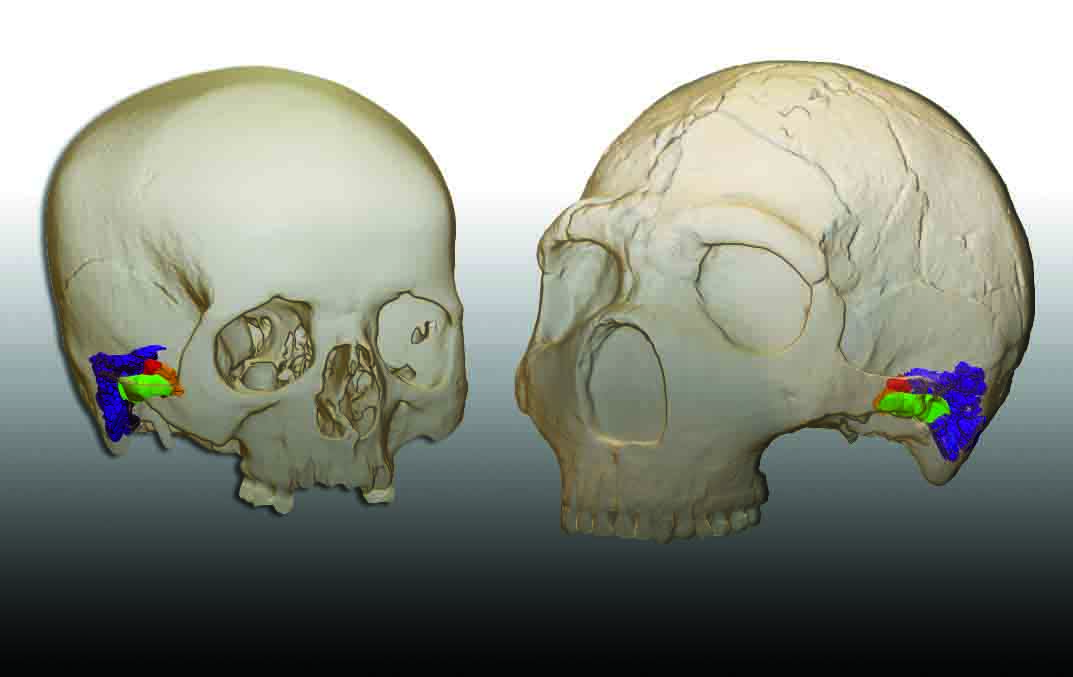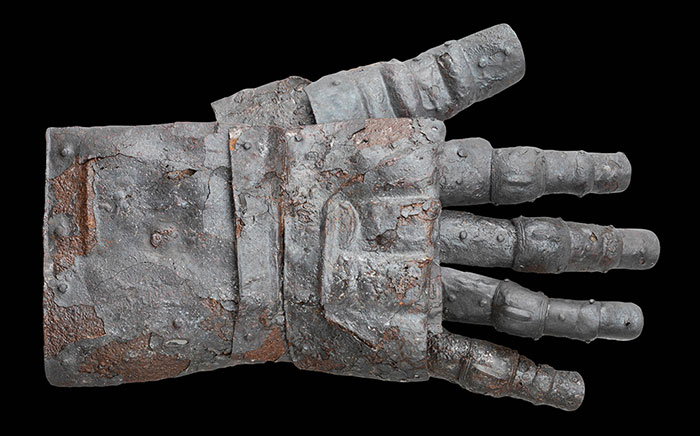TÜBINGEN, GERMANY—According to a statement released by Scientific Reports, differences observed in the remains of Neanderthal and modern human children who lived between 50,000 and 12,000 years ago may reflect variations in childcare strategies. Laura Limmer and Sireen El Zaatari of the University of Tübingen and their colleagues analyzed the enamel of 423 Neanderthal teeth from 74 individuals, and the teeth of 444 modern humans who lived during the Upper Paleolithic. Horizontal grooves of thinner tooth enamel are known to mark times of childhood stress such as illness, infection, malnutrition, nutritional deficiencies, and trauma. Stress may have also been brought on by increased energy demands during early childhood, the scientists suggest. The study found that overall, the two species experienced about the same levels of stress. The modern humans in the sample were more likely to have experienced enamel defects around the time of weaning, estimated to have occurred between ages one and three. In contrast, enamel defects in the Neanderthals were more likely to begin at about age one, but to peak a little later, between the ages of two and four. Perhaps modern humans helped reduce the stress experienced by young children after weaning by encouraging dependence and exploiting food resources more efficiently. Such behavioral strategies may have also given modern humans an advantage for long-term survival, the researchers concluded. Read the original scholarly article about this research in Scientific Reports. To read about rare evidence of family life 14,000 years ago that was uncovered in an Italian cave, go to "Upper Paleolithic Cave Life."
Study Compares Childhood in Neanderthals and Modern Humans
News May 24, 2024
Recommended Articles
Digs & Discoveries September/October 2021
Neanderthal Hearing

Top 10 Discoveries of the Decade January/February 2021
Neanderthal Genome
Vindija Cave, Croatia, 2010

Digs & Discoveries November/December 2020
Painful Past

Digs & Discoveries July/August 2020
Twisted Neanderthal Tech

-
Features May/June 2024
Alexander the Great's Untold Story
Excavations in northern Greece are revealing the world that shaped the future king
 (Veronika Pfeiffer/Alamy)
(Veronika Pfeiffer/Alamy) -
Letter from the Catskills May/June 2024
Ghost Towns of the Ashokan Reservoir
An archaeologist investigates how construction of New York City’s largest reservoir a century ago uprooted thousands of rural residents
 (Courtesy the New York City Department of Environmental Protection)
(Courtesy the New York City Department of Environmental Protection) -
Artifacts May/June 2024
Medieval Iron Gauntlet
 (Courtesy Canton of Zurich)
(Courtesy Canton of Zurich) -
Digs & Discoveries May/June 2024
Ancient Egyptian Caregivers
 (Metropolitan Museum of Art)
(Metropolitan Museum of Art)


